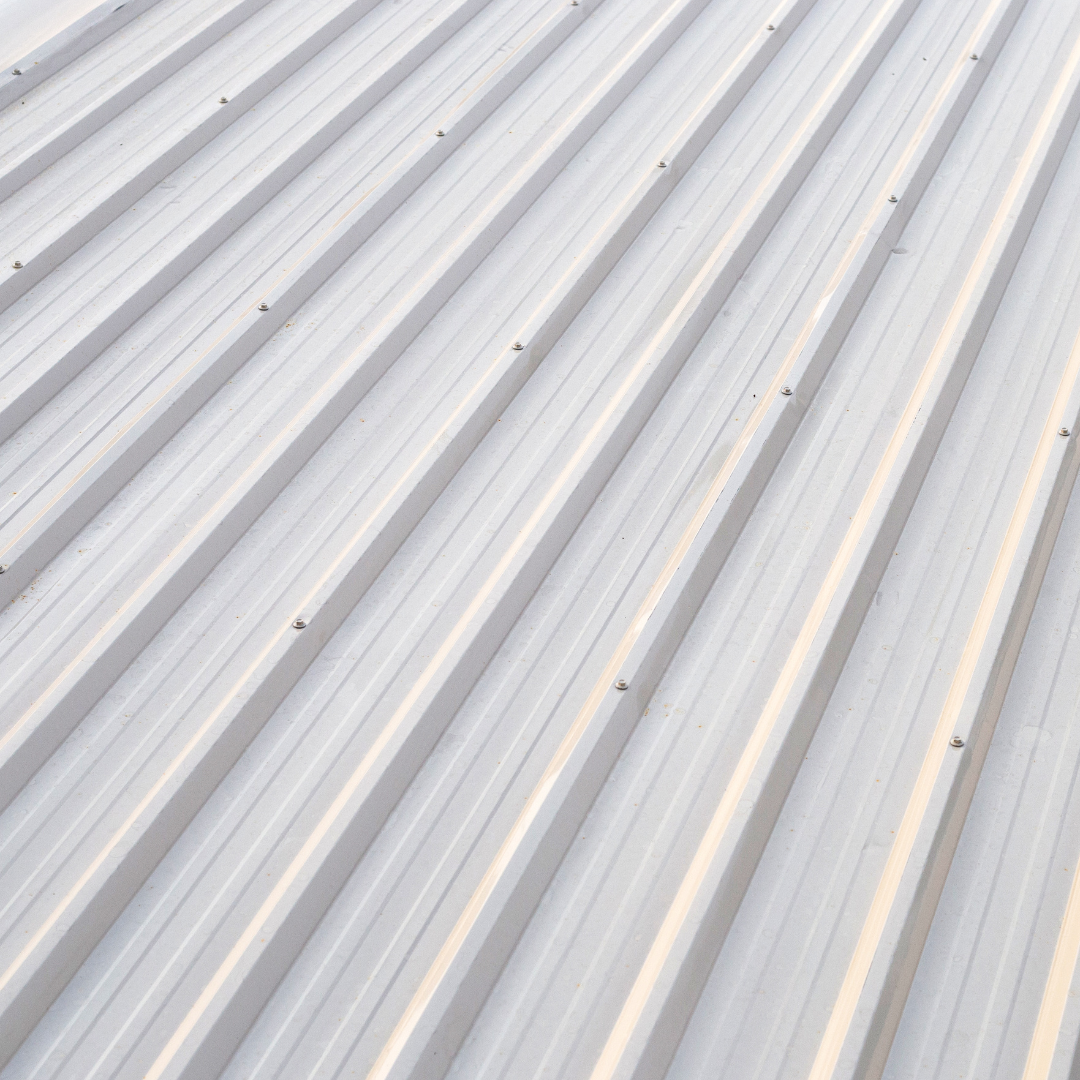Common Causes of Roof Leaks and How to Fix Them
what can cause a roof leak?
When it comes to maintaining your home, few things are more frustrating than discovering a roof leak. Not only can this issue cause ceiling stains and water damage, but it can also lead to mould growth and structural problems if not addressed promptly. So, what exactly can cause a roof leak? Understanding the common culprits can help you take steps to prevent them and safeguard your home from costly repairs.
There are several factors that can contribute to a leaking roof:
Damaged Roof Tiles: High winds, heavy rains, and falling debris can bruise or dislodge shingles, create movement of your roof tiles and even crack them.
Rusted Flashings: Overtime your roof flashings can crack or corrode, allowing water to penetrate vulnerable areas.
Blocked Gutters: When gutters are filled with leaves and debris, water can back up and overflow, eventually finding its way under the roofing materials.
Roof Valleys: Roof valleys, where two slopes meet, are common leak sites if the silicone has perished overtime.
Skylight Issues: The seals around skylights to often perish overtime, leading to leaks.
"The key to preventing roof leaks is regular inspection and maintenance. By catching small issues early, you can avoid larger, more costly problems down the line." - Home Repair Expert
By keeping an eye on these potential problem areas and addressing any issues promptly, you can extend the life of your roof and maintain the integrity of your home. Whether you're dealing with damaged shingles or clogged gutters, understanding what causes roof leaks is the first step in keeping your home dry and protected.
How does weather impact roof integrity?
Extreme weather conditions can take a significant toll on your roof's structure and materials. For instance, heavy rain and hailstorms can cause immediate damage by cracking roof tiles and denting roof surfaces. Over time, UV rays from the sun can also degrade roofing materials, causing them to break down and become less effective at repelling water.
Even wind can be a culprit. High winds can lift or remove roof tiles, especially if they are already compromised or improperly installed. Gusts may also dislodge roof flashing, gutters, and other critical components, creating vulnerabilities that allow water infiltration.
Considering these risks, it's advisable to conduct a visual check of your roof following severe weather events and perform regular inspections throughout the year. Additionally, professional roof inspections can help catch early signs of damage, ensuring timely repairs and prolonging the life of your roof.
Regular Maintenance of your roof is recommended
Visual inspections of your roof, especially after severe weather, are crucial for catching potential issues with roof flashing early on. Look out for signs of damage such as small holes, rust, corrosion, missing pieces, or any bends, cracks, and dents on the flashing. If you're unsure, getting a professional roof inspection a couple of times a year can be invaluable. This proactive approach helps ensure the longevity of your roof and prevents small issues from turning into major repairs.
Consider getting a professional roof inspection at least once a year. A skilled inspector can identify potential problem areas and recommend timely fixes, ensuring your roof remains in excellent condition and leak-free.
To get a more accurate estimate, it’s a good idea to contact a trusted local plumber. We can provide a detailed quote based on your specific situation. Remember, swift action can prevent further damage and save you money in the long run.
For all hot water service and burst pipe water issues, contact our friendly team today 03 9501 3777 to find out how we can help you.
Need to talk to an expert?
Our Bayside team of qualified, expert plumbers are here to help.
Call us on 03 9501 3777 or request a call back here.






